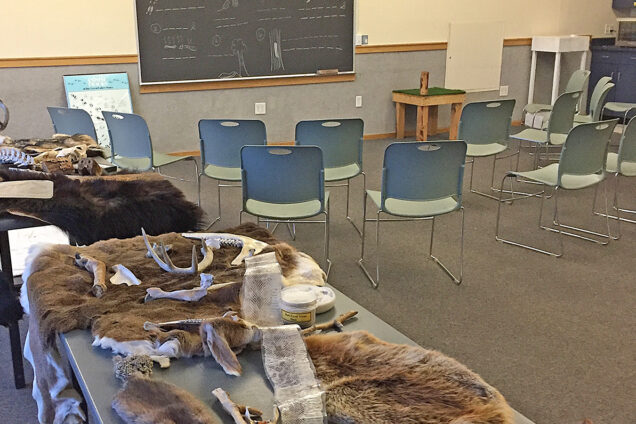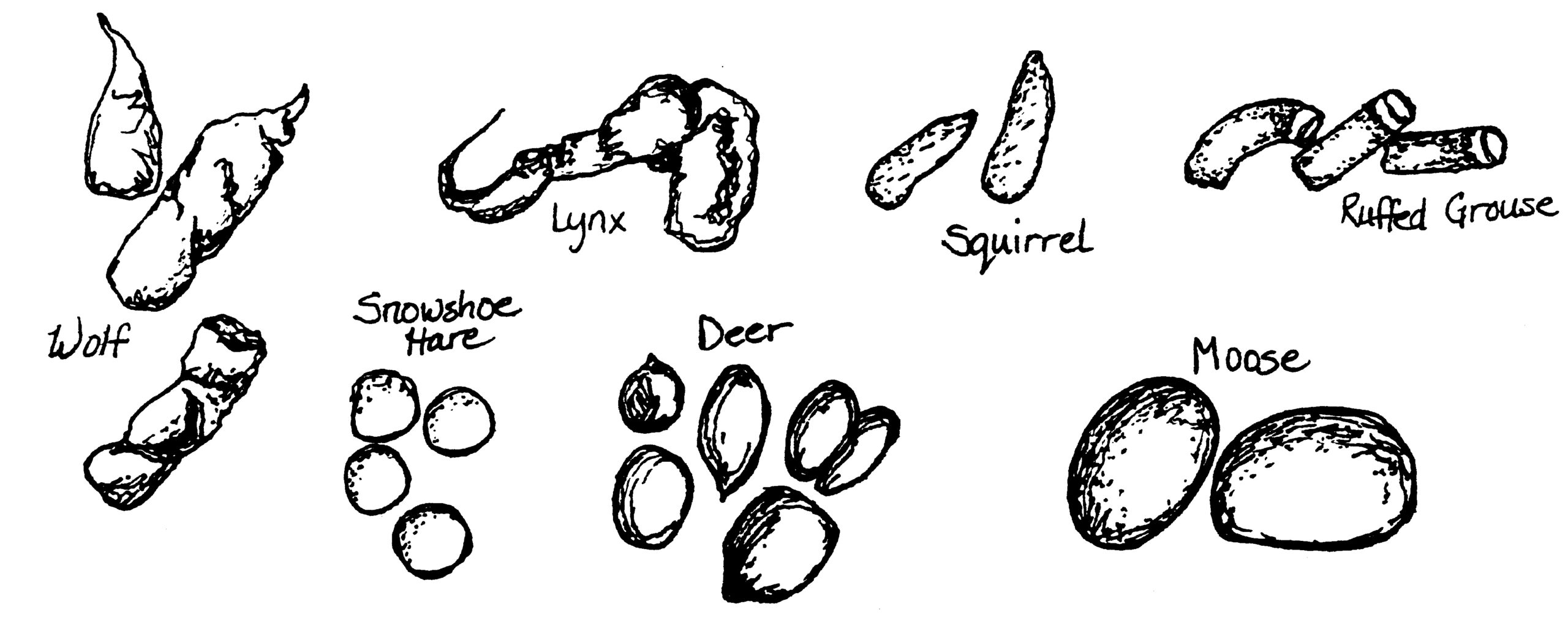Class Details
3 Hours
4th Grade to Adult
easy

How can we use the signs animals leave behind to build a story about what they’re doing?
Students will learn, by tracking animals outside, the variety of evidence left behind by animals and what we can learn about them from that evidence. During spring, summer, and fall, they will also practice the research techniques of radio telemetry.
Concepts
- Observing and paying attention to direct and indirect evidence are valuable skills for learning that can be practiced. 2. Adaptations and characteristics of animals influence the signs they leave behind.
- All living and non-living components of an environment interact with one another to form an ecosystem.
- Humans are animals and leave signs, too.
Outcomes
- Apply observation skills in finding and identifying animal signs.
- Examine animal signs and infer the animal’s behavior.
- List animals living in the Wolf Ridge area.
- Describe how either radio telemetry or motion sensing cameras can be used in wildlife research.
- Recognize humans as animals and note the abundance of human signs in our world.
- Describe actions they can take to maintain and enhance animal populations.
![]()

